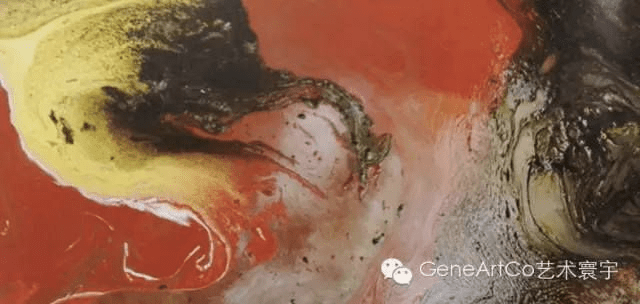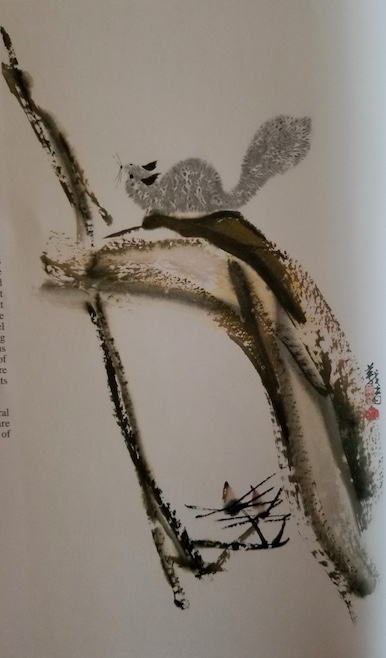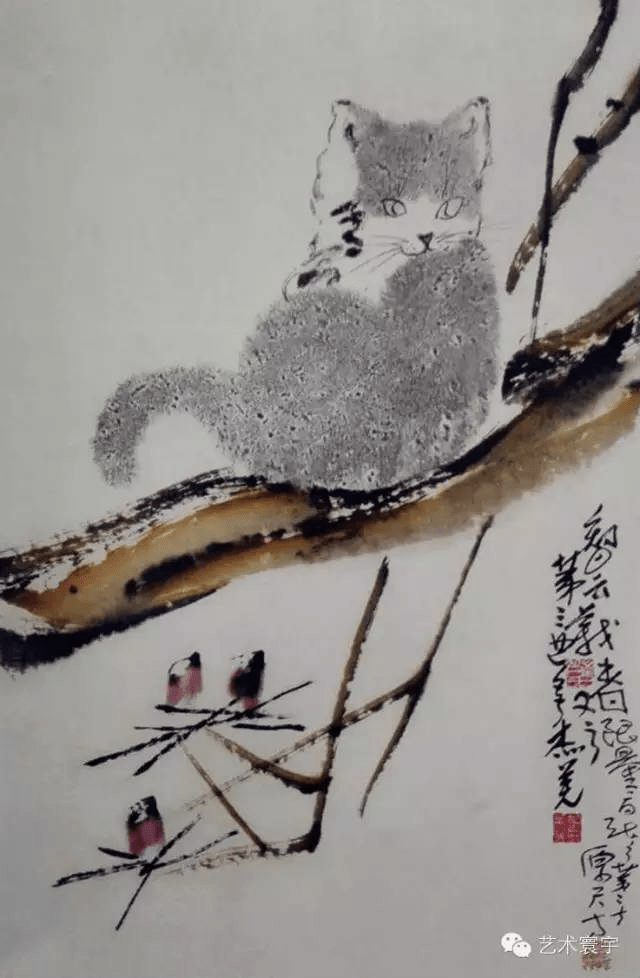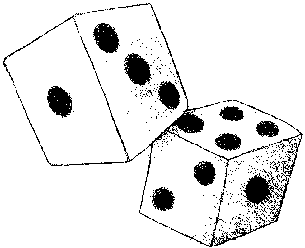Once upon a time, there was a king who loved to gamble with his royal priest. When he threw the dice, he always recited this lucky charm:
“If tempted any woman will, for sure, give up her faithfulness and act impure.”
Amazing as it may seem, by using this charm the king always won! Before long, the royal priest lost almost every penny he owned.
He thought, “I have lost almost all my wealth to the king. It must be because of his lucky charm. I need to find a way to break the spell and win back my money. I must find a pure woman who has never had anything to do with a man. Then I will lock her up in my mansion and force her to remain faithful to me!”
This seemed like a good plan to him. But then he started having doubts. He thought, “It would be nearly impossible to keep a woman pure after she had already become accustomed to men. Therefore I must find the purest woman possible – one who has never even seen a man!”
Just then he happened to see a poor woman passing by. She was pregnant. The royal priest was an expert in reading the meaning of marks on the body. So he could tell that the unborn baby was a girl. And the thought occurred to him, “Aha! Only an unborn baby girl has never seen a man!”
The royal priest was willing to do anything to beat the king at dice. So he paid the poor woman to stay in his house and have her baby there. When the wonderful little girl was born, the priest bought her from her mother. Then he made sure she was raised only by women. She never saw a man — except of course the royal priest himself. When she grew up, he still kept her completely under his control. It was just as if he owned the poor girl!
The cruel priest did all this only because of his gambling habit. While the girl was growing up, he had avoided playing dice with the king. Now that she was of age, and still his prisoner, he challenged the king to a game of dice once again.
The king agreed. After they had made their bets, the king shook the dice and repeated his favourite lucky charm:
“If tempted any woman will, for sure, give up her faithfulness and act impure.”
But just before he threw down the dice, the priest added:
“Except my woman — faithful evermore!”
Lo and behold, the king’s charm didn’t work. He lost that bet, and from then on the priest won every throw of the dice.
The king was puzzled by this turn of events. After considering, he thought, “This priest must have a pure woman locked up at home, one who is forced to be faithful to him alone. That’s why my lucky charm doesn’t work anymore.”
He investigated and discovered what the cruel priest had done. So he sent for a well-known playboy character. He asked him if he could cause the lady’s downfall. He replied, “No problem, my lord!” The king paid him handsomely and told him to do the job quickly.
The man bought a supply of the finest perfumes and cosmetics. He set up a shop just outside the royal priest’s mansion. This mansion was seven stories high, with seven entrance gates — one on each floor. Women guarded each gate, and no man except the priest was allowed to enter.
Only only one servant waited on the priest’s lady. She carried everything in and out, including perfumes and cosmetics. The priest gave her money for her purchases.
The playboy saw the servant going in and out of the priest’s mansion. Soon he realised she was the one who could get him inside. So he devised a plan and hired some cronies to help him.
The next morning, when the serving lady went out to do her shopping, the playboy dramatically fell to the ground before her. Grabbing her knees he tearfully cried, “Oh my dear mother, it’s so wonderful to see you again after such a long time!”
Then his cronies chimed in, “Yes, this must be she! She looks the same – her hands and feet and face and type of dress. Yes, this must be she!” They all kept saying how amazing it was that her looks had changed so little in all that time.
The poor woman must have had a long lost son, for soon she was convinced this must be he. She hugged the king’s clever playboy, and both sobbed tears of joy over their miraculous reunion.
In between bouts of sobbing, the man was able to ask her, “Oh dear mother, where are you living now?” “I live next door,” she said, “in the royal priest’s mansion. Night and day I serve his young woman. Her beauty is without equal, like the mermaids sailors love to praise.”
He asked, “Where are you going now, mother?” “I’m going shopping for her perfumes and cosmetics, my son.” “There’s no need, mother,” he said, “from now on I will give you the best perfumes and cosmetics free of charge!” So he gave them to her, along with a bouquet of lovely flowers.
When the priest’s lady saw all these, much better quality than usual, she asked why the priest was so happy with her. “No,” said the serving woman, “these are not from the priest. I got them at my son’s shop.” From then on she got perfumes and cosmetics from the playboy’s shop, and kept the priest’s money.
After a while the playboy began the next part of his plan. He pretended to be sick and stayed in bed.
When the servant came to the shop she asked, “Where is my son?” She was told he was too sick to work, and was taken to see him. She began massaging his back and asked, “What happened to you, my son?” He replied, “Even if I were about to die, I couldn’t tell you, my mother.”
She continued, “If you can’t tell me, whom can you tell?” Then, according to his plan, he broke down and admitted to her, “I was fine until you told me about your beautiful mistress — ‘like the mermaids sailors love to praise’. Because of your description, I have fallen in love with her. I must have her. I can’t live without her. I’m so depressed, without her I’ll surely die!”
Then the woman said, “Don’t worry, my son, leave it up to me.” She took even more perfumes and cosmetics to the priest’s lady. She said to her, “My lady, after my son heard from me about your beauty, he fell madly in love with you! I don’t know what to do next!”
Since the priest was the only man she had ever seen, the lady was curious. And of course she resented being locked up by force. So she said, “If you sneak him into my room, it’s all right with me!”
The woman guards at the seven gates searched everything the servant took in and out. So she had to have a plan. She swept up all the dust and dirt she could find in the whole mansion. Then she began taking some of it out each day in a large covered flower basket. Whenever she was searched, she made sure some of the dust and dirt got on the guard women’s faces. This made them sneeze and cough. Pretty soon they stopped searching her when she went in and out.
Finally one day she hid the playboy in her covered flower basket. He was trim and fit, not heavy at all. She was able to sneak him past all seven guarded gates, and into the priest’s lady’s private chamber. The two lovers stayed together for several days and nights. So the playboy was able to destroy her perfect faithfulness, which had been forced on her by the cold-hearted priest.
Eventually she told him it was time to go. He said, “I will go. But first, since the old priest has been so mean to you, let me give him one good blow to the head!” She agreed and hid him in a closet. This too was part of his secret plan.
When the priest arrived, his lady said, “My lord and master, I’m so happy today! I’d like to dance while you play the guitar.”
The priest said, “Of course, my beauty.” “But I’m too shy to dance in front of you,” she added, “so please wear this blindfold while I dance.” Again he agreed to her request and she put a blindfold over his eyes.
The priest played a pretty tune on his complicated Indian guitar, while his lady danced. After a bit she said, “As part of my dance, won’t you let me give you a tap on the head?” “As you wish, my dear,” he said.
Then she motioned to the playboy, who came out of the closet, snuck up from behind, and hit the old priest on the head! His eyes nearly popped out, and a bump began rising from the blow. He cried out and the lady put her hand in his. He said, “Such a soft hand sure can deliver a wallop, my dear!”
The playboy returned to the closet. The lady removed the priest’s blindfold and put some ointment on his bump. When he had left, the serving woman hid the playboy in her flower basket and smuggled him out of the mansion. He went immediately to the king and told him the whole story, in a very boastful way of course.
The next day the royal priest went to the palace as usual. The king said, “Shall we gamble on the throw of the dice?” The priest, expecting to win once more, agreed. Just as before, the king recited his lucky charm:
“If tempted any woman will, for sure, give up her faithfulness and act impure.”
As usual the priest added:
“Except my woman — faithful evermore!”
But lo and behold the dice fell in the king’s favour and he took the priest’s money.
The king said, “Oh priest, your woman is no exception! True faithfulness cannot be forced! Your plan was to snatch a newborn baby girl, lock her up behind seven gates guarded by seven guards, and force her to be good. But you have failed. Any prisoner’s greatest wish is freedom!
“She blindfolded you and then her playboy lover gave you that bump on your old bald head – which proves your gates and guards were useless!
The priest returned home and accused his lady. But in the meantime, she had come up with a plan of her own. She said, “No, my lord, I have been completely faithful to you. No man has ever touched me except you! And I will prove it in a trial by fire. I will walk on fire without being burned to prove I speak the truth.”
She ordered the old servant woman to fetch her son, the playboy. She was to tell him to take the lady by the hand and prevent her from stepping in the flames. This the woman did.
On the day of the trial by fire, the priest’s lady said to the crowd of onlookers, “I have never been touched by any man except this priest, my master. By this truth, may the fire have no power over me.”
Then, just as she was about to step into the fire, the playboy leaped from the crowd and grabbed her hand. He shouted, “Stop! Stop! How can this priest be so cruel as to force this tender young lady into a raging fire!”
She shook her hand free and said to the priest, “My lord, since this man has touched my hand, the trial by fire is useless. But you can see my good intention!”
The priest realised he had been tricked. He beat her as he drove her away forever. At last she was free of him and mistress of her own fate.
The moral is: You can’t force someone to be good.
The Priest Who Gambled With a Life [Misguided Morality]
INTERPRETER’S INTRODUCTION – BUDDHIST TALES FOR YOUNG AND OLD, VOLUME 1, STORIES 1-50
Link: https://hhdorjechangbuddhaiiiinfo.com/2023/11/07/the-priest-who-gambled-with-a-life-misguided-morality/
#Buddhisttalesforyoungandold #Buddhiststories #storiesforkids #moralstories #Buddha #Jatakastories #PansiyaPanasJataka
































